Romancing SaGa 2: Revenge of the Seven (Nintendo Switch) Review
By Coller Entragian  06.04.2025
06.04.2025
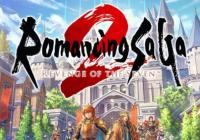
In 1993, Romancing SaGa 2 was released on the Super Famicom in Japan only. It was a menacingly difficult game and never considered for localisation due to the complexity of the script that accounted for generational variables from the inheritance system. The West never got an official release of this beloved RPG until 2017, where it was remastered. The remaster had questionable redrawn pixel art and didn't get the appreciation it needed...until now. How does this full 3D remake of one of the most underrated formerly-Japanese exclusive Super Famicom games hold up?
A long time ago, there were seven heroes who saved Avalon from demonic forces. As they gained power to defeat the legions of evil, they disappeared. As time passed, the seven heroes faded into legend, but one day they came back. Regretfully, the heroes came back heinously evil and changed. They were no longer the benevolent protectors of the innocent. They transformed into demons themselves and the only hope to thwart the terrible unending vengeance of the fallen heroes is the succession warriors who will stop them every generation. It is up to the player who will inherit and succeed the Empire.
The narrative of begins with Emperor Leon training his son Gerard to defend the Empire, as the formidable Hero Kzinssie emerges as a significant threat to their reign. Romancing SaGa 2: Revenge of the Seven's story is very simple to foster deep old-school JRPG gameplay. The inheritance system allows players to pass down skills across generations of Emperors, creating a rich and strategic gameplay loop, working toward defeating the seven. The plot gets more complex as the motivations of the seven become clear.
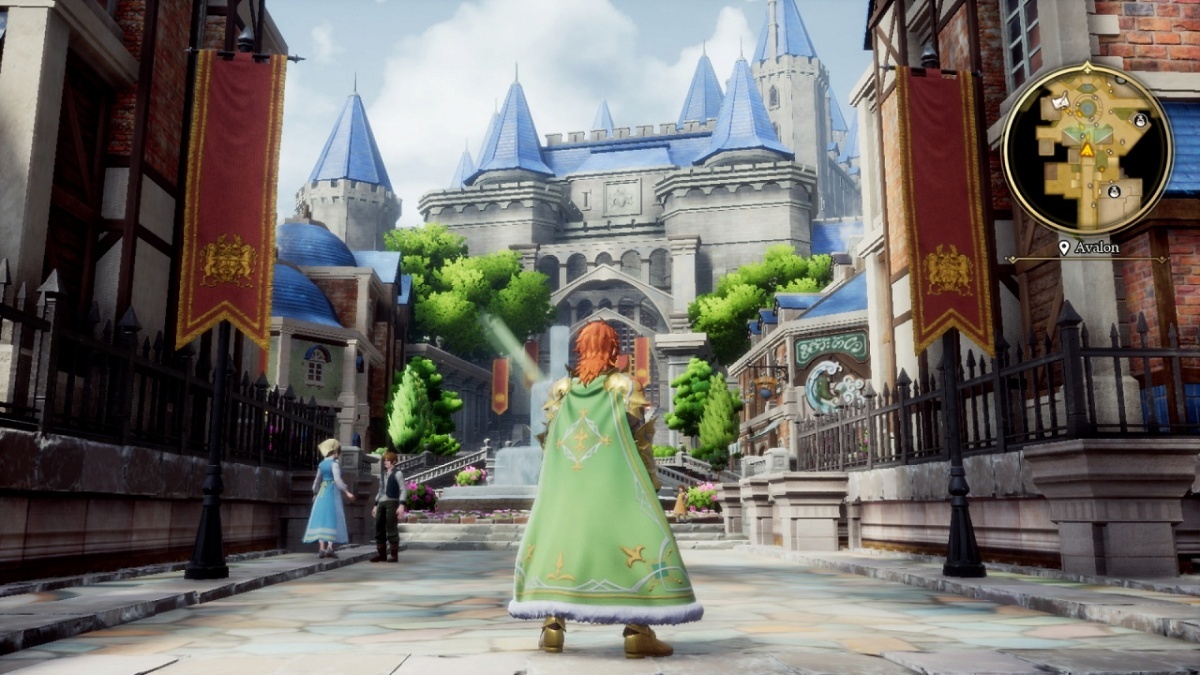
Like in all SaGa games, characters rely on Life Points (LP). Each character possesses a finite number of LP, and once depleted, they are permanently lost. This is where the inheritance system comes into play and ancestors of characters replace their forerunners, as well as inherit their stats and abilities. There is also no traditional leveling system. SaGa games have characters earn stat boosts after battles. New characters are introduced this way, as well as quest lines that lead to optional party members. It can lead to unique experiences among gamers since there is no guarantee that everyone will have every party member survive or too much time passes.
Glimmering is when characters have a chance to learn new skills by using existing ones. This mechanic adds an element of risk and reward, as players must weigh the potential benefits of experimenting with different strategies against the risk of losing valuable party members. Magic is acquired through a random chance system tied to the character's magic tree level. The more a weapon or magic is used, the more proficient the character becomes in its use. This system fosters agency and encourages experimentation with different playstyles.
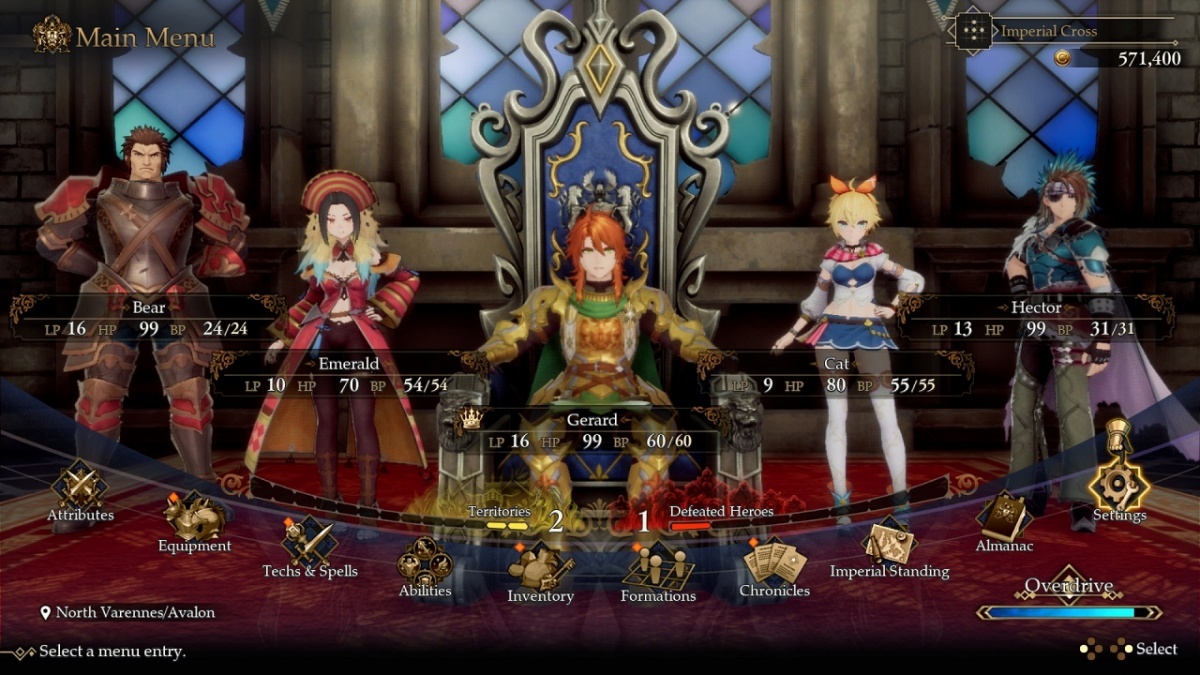
Romancing SaGa 2: Revenge of the Seven is a multifaceted game that excels in several areas. However, its depth can occasionally feel overwhelming to newcomers, particularly during the later stages of the game. Combat encounters can present significant challenges, requiring precise execution of spells and tactics to achieve victory. Nevertheless, the game's emphasis on experimentation and character progression allows players to overcome these obstacles with patience and persistence. The party formation can have dramatic effects on the way battles unfold. While some formations will always be the most reliable, there is always going to be an instance where the party will be hopelessly melted if players become complacent and refuse to adapt to an ever-growing challenge.
Revenge of the Seven's side quests often intertwine with the main narrative and unlock unexpected shortcuts or strategic advantages. In some cases, pursuing a side quest can lead to shortcuts that integrate into the main story. Revenge of the Seven is more user-friendly than any SaGa before it. While some may find the increased hand-holding intrusive and annoying, it proves invaluable for SaGa neophytes and eases users into the dense gameplay systems.
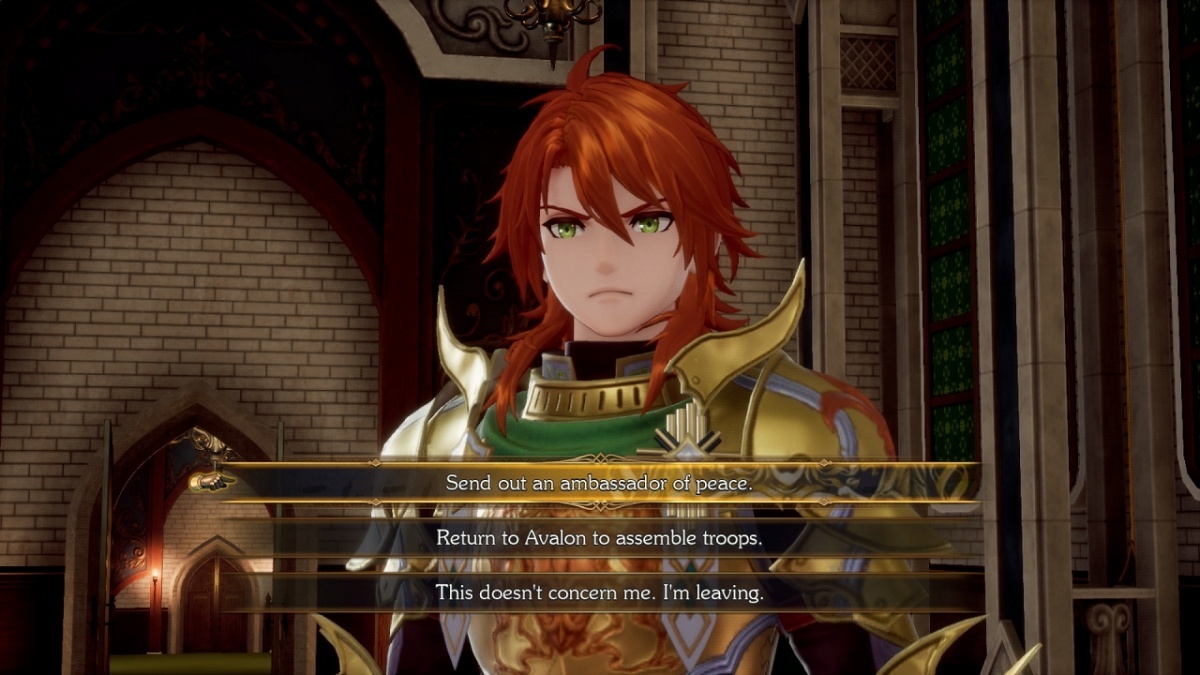
The most noticeable change in the presentation in Revenge of the Seven is its visuals. The jump from 16-bit to fully 3D in Unreal Engine 4 practically makes it unrecognisable, yet the SaGa faithful will note details that tie it to its forerunner. Character designs are cheekily faithful and the music is a fully orchestrated rendition of Kenji Ito's frenetic and energetic compositions. The original 16-bit music is always available, but the chiptune score clashes with the ornate and lush 3D graphics.
The only problem is that the Nintendo Switch version is prone to egregious texture loading and several instances of low-resolution image quality. Apart from some hiccups, Revenge of the Seven is impressively optimised for a massive JRPG made with a demanding game engine.
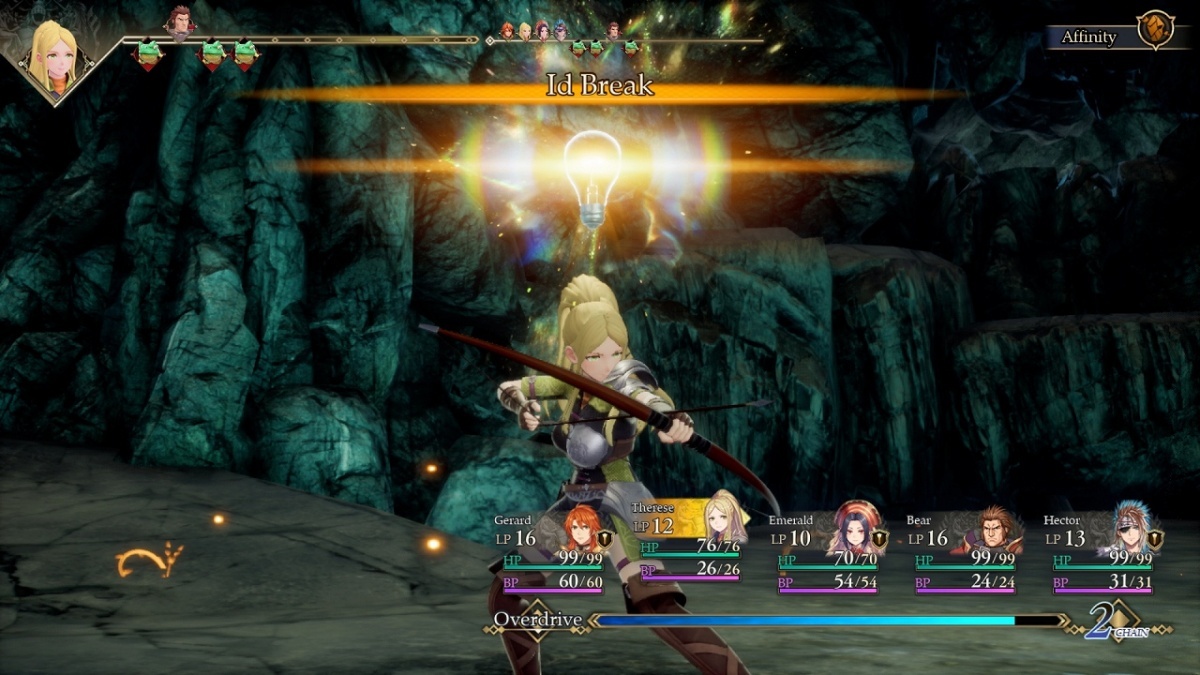
Cubed3 Rating
Exceptional - Gold Award

Romancing SaGa 2: Revenge of the Seven is a classic turn-based JRPG that has been reinvigorated with deeper gameplay and new ideas that will keep it relevant for years to come. It's faithful where it counts and improves upon the experience, justifying itself with innovations and rebalances that invite veterans and newcomers to see why this franchise keeps enduring.
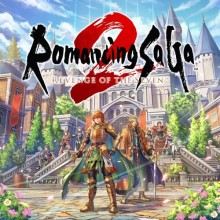
![]() 9/10
9/10
![]() 0
(0 Votes)
0
(0 Votes)
 Out now
Out now  Out now
Out now  Out now
Out now  Out now
Out now Comments
Comments are currently disabled

 Sign In
Sign In Game Details
Game Details Subscribe to this topic
Subscribe to this topic Features
Features






 Top
Top

